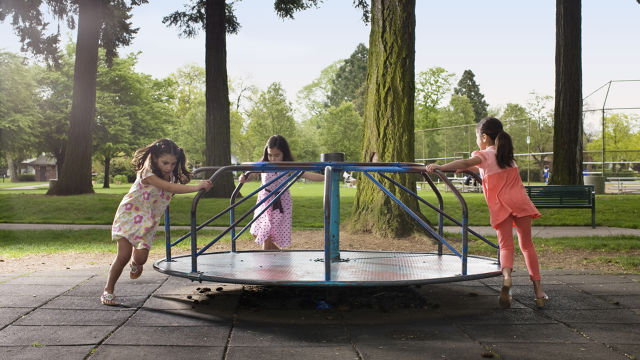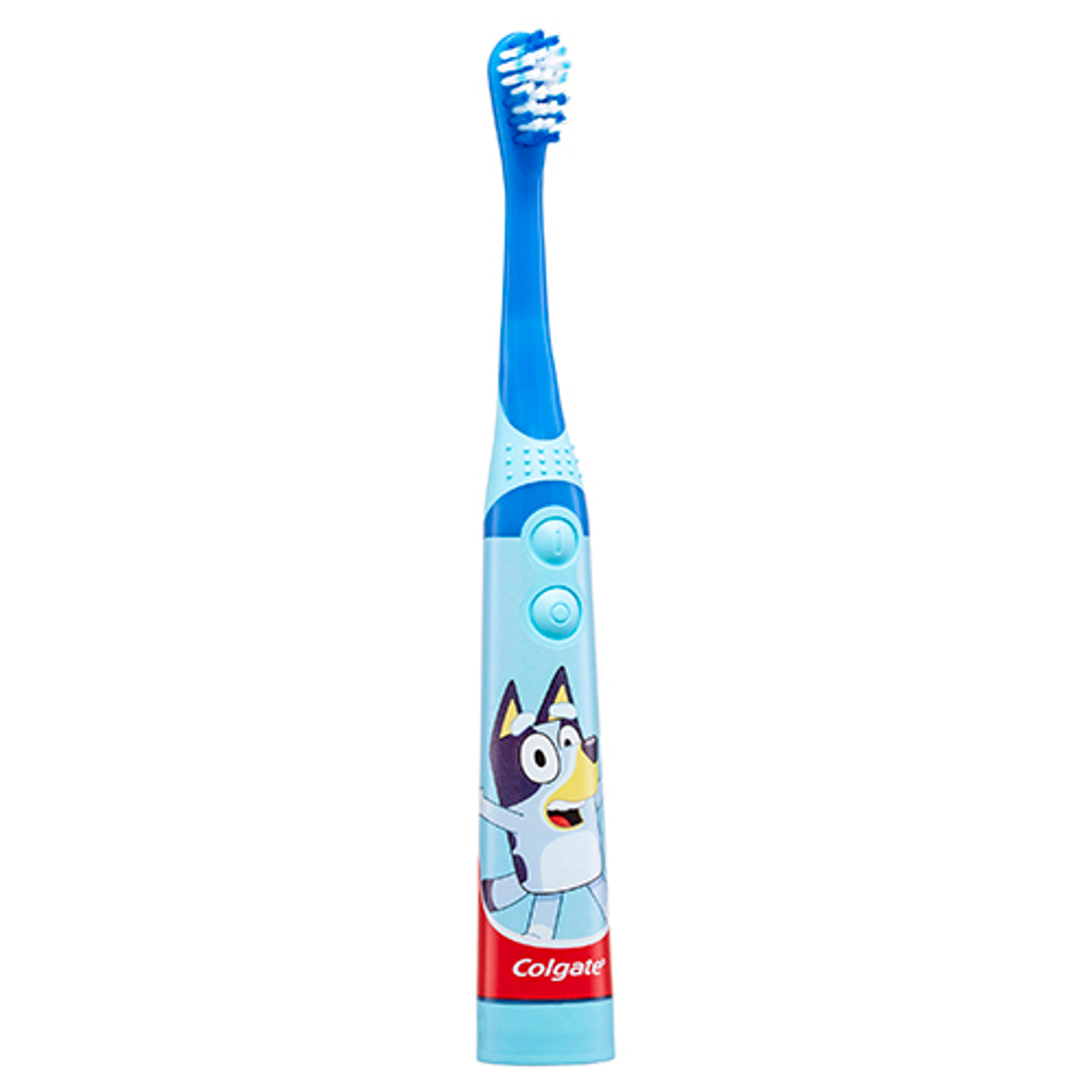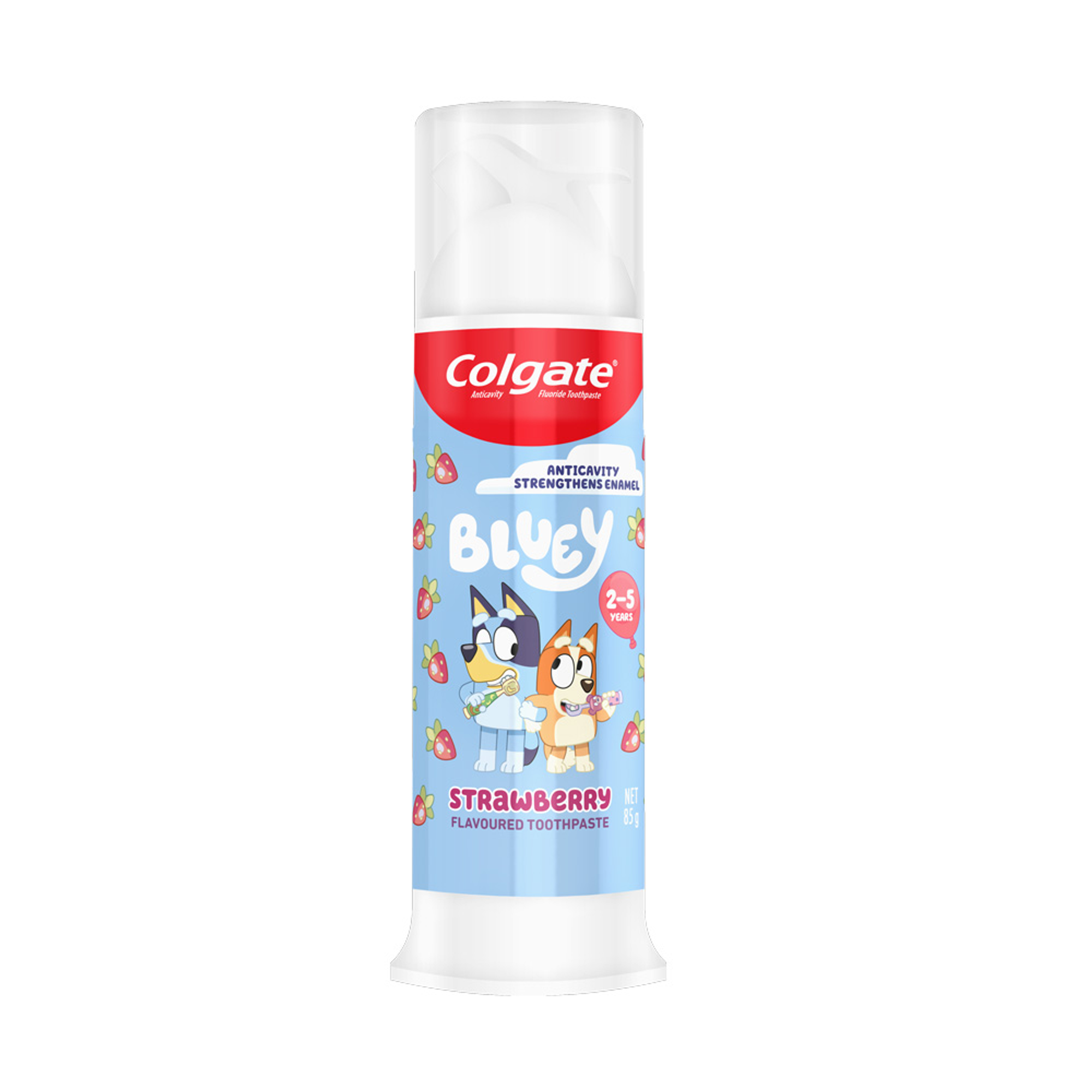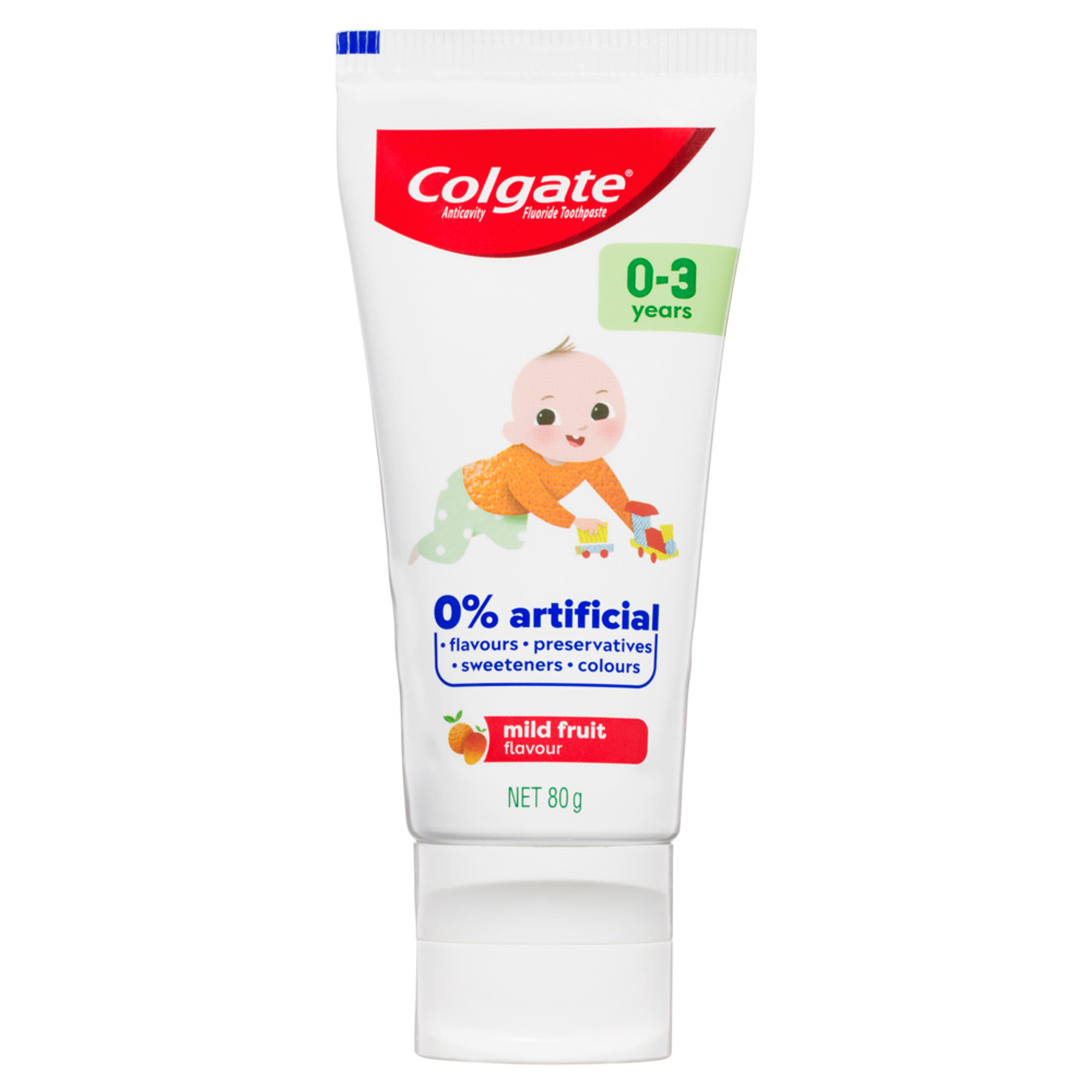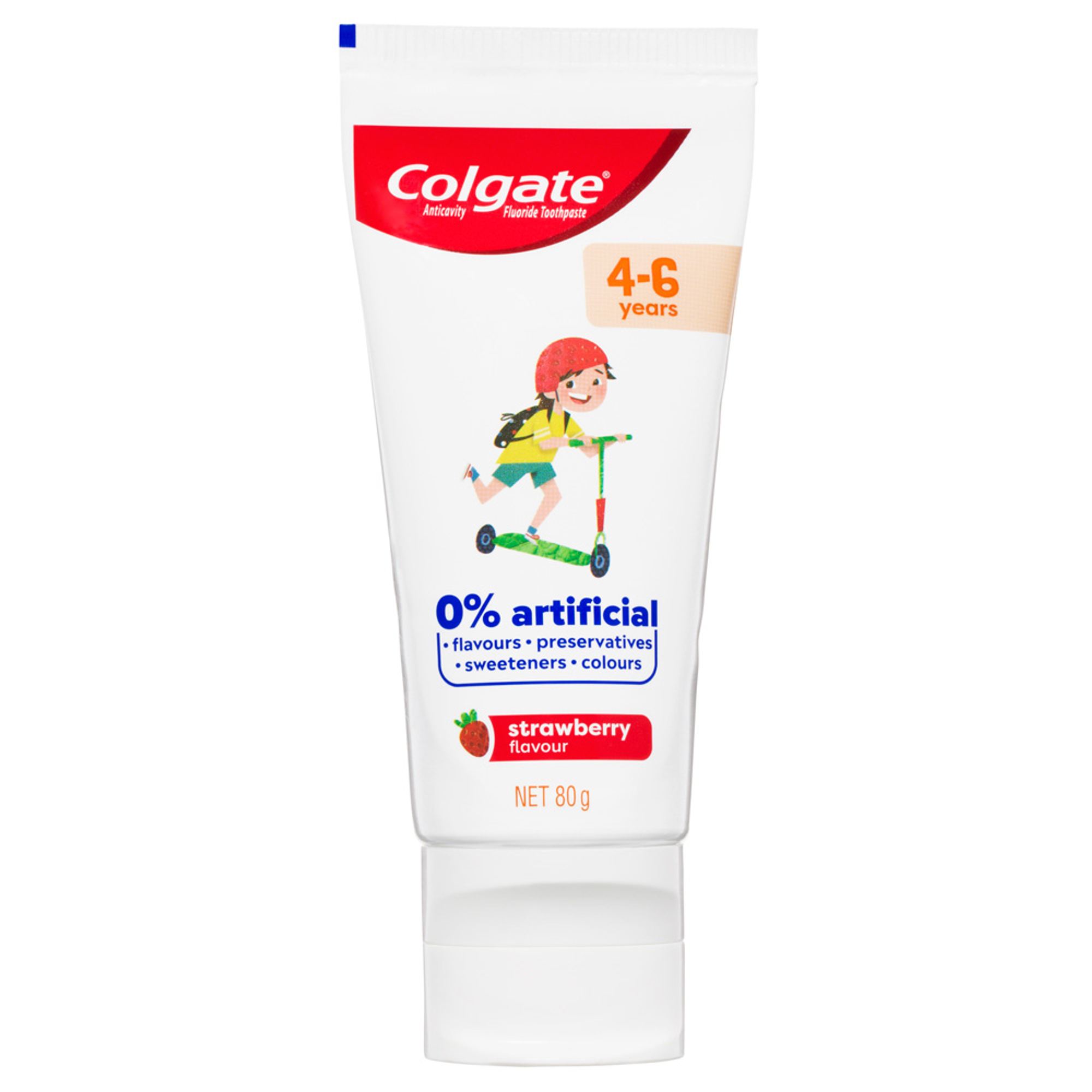-
-

BRUSHING & FLOSSING
How to BrushWhat Is the Right Way to Brush?
Proper brushing takes at least two minutes — that's right, 120 seconds!...

BRUSHING & FLOSSING
How To FlossWhat is the Right Way to Floss?
Proper flossing removes plaque and food particles in places where a toothbrush cannot easily reach... -
Science & Innovation
- Colgate® | Toothpaste, Toothbrushes & Oral Care Resources
- Oral Health
- Toddler Tooth Decay and How to Prevent It


Tooth decay isn't a problem that affects only one age group. Tooth decay in children is a concern for parents because 42 per cent of children ages 5 to 10 have experienced tooth decay in their primary teeth, reports the Australian Institute of Health and Welfare. They also state that 25 per cent of Australian children ages 5 to 10 have untreated tooth decay in their primary teeth. This may lead a parent to wonder what causes tooth decay, how to prevent it and how to treat it.
What causes tooth decay in toddlers?
Tooth decay occurs in toddlers when bacteria within the mouth produce acid that dissolves the tooth structure. Tooth decay is also known as a cavities or dental caries. Diets high in sugar, inadequate dental care and not brushing your child's teeth often enough, can cause decay.
Better Health Channel, Victoria reports that a cause of toddler tooth decay is putting your child to bed with a bottle that contains fluids other than water. This particular condition is known as baby bottle tooth decay. The milk or juice from the bottle can sit in your little one's mouth all night and create an ideal breeding ground for acid producing bacteria.
Unhealthy eating habits contribute to tooth decay in children, as well. Allowing your child to suck on lollies for prolonged periods or eat a lot of sugary foods regularly, will play a role in tooth decay.
How to prevent tooth decay in toddlers
To prevent tooth decay in toddlers, you shouldn't let your child go to bed with a bottle or a sippy cup of milk or juice. This reduces the amount of time that the teeth spend exposed to decay-causing sugars from the drink in the bottle or cup. If you give your child a drink before bed or to help them go to sleep, always choose water.
Make sure you brush your child's teeth twice daily, and be sure to avoid frequent intake of sugary foods. Your child should first see the dentist before they turn two, according to Better Health Channel, Victoria.
You should brush your toddler's teeth with a soft-bristled brush at least twice per day and after your child eats sweet foods. Once your child is 18 months old, start to use a fluoride toothpaste which has been specifically formulated for young children. You will need to brush your child's teeth using a small circular motion over the entire surface of the teeth and along the gumline. Your child may enjoy holding the brush themselves and playing with brushing their own teeth but they will not be capable of brushing properly by themselves until they are about 8 years old.
Treatment for tooth decay in toddlers
Once a child has developed tooth decay, they will require restorative dental work. Fillings may be used to correct smaller cavities, and a full crown may be needed if the damage is extensive. A tooth that has decay throughout may have to be extracted because an infection around the tooth can cause the permanent, or adult teeth to develop abnormally. Pitting or staining in the adult teeth may occur if decay is severe enough in the primary teeth.
As a parent, in addition to the role you play in the protection of your child's baby and adult teeth, you're laying the groundwork for their oral hygiene for the rest of their life. This means that you should start good habits early so that they are able to maintain a healthy set of adult teeth.
The fact that your toddler's teeth are going to fall out doesn't mean you can ignore a child's oral care. Good oral health habits will prevent tooth decay in the first set of teeth, and the habits your child learns will stick with them throughout their life.
This article is intended to promote understanding of and knowledge about general oral health topics. It is not intended to be a substitute for professional advice, diagnosis or treatment. Always seek the advice of your dentist or other qualified healthcare provider with any questions you may have regarding a medical condition or treatment.
Related Products

Helping dental professionals
More professionals across the world trust Colgate. Find resources, products, and information to give your patients a healthier future






